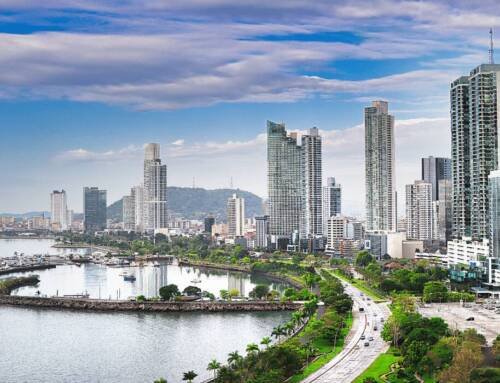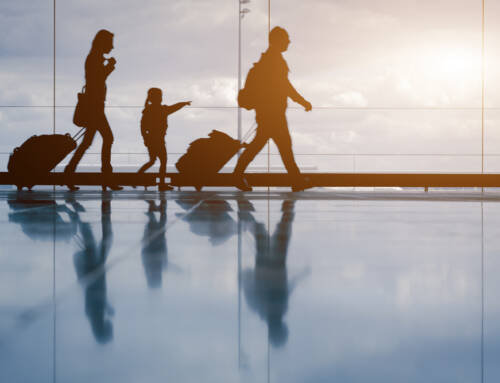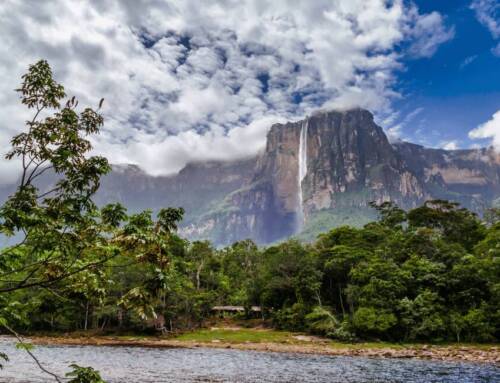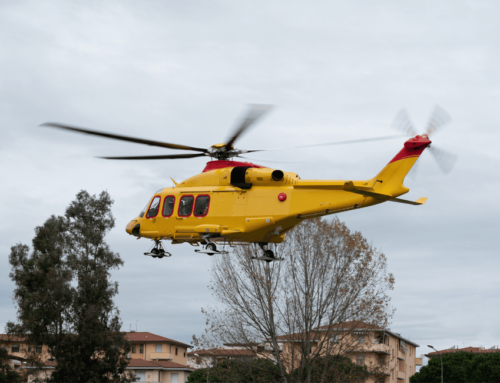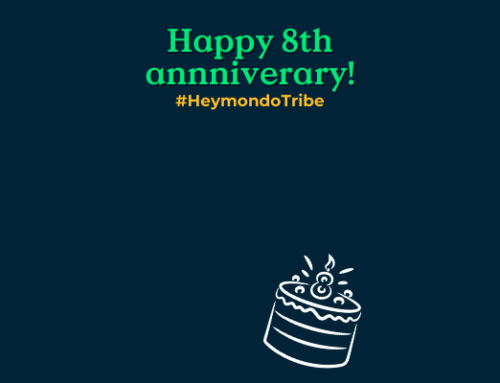Colombia is now a magnet for global travelers. You have seen the vibrant colors and the stunning landscapes. Pictures of lush coffee regions are everywhere. People are talking about Medellín’s incredible transformation. But a common question still pops up. Is it safe to travel to Colombia? Many people still hold onto old headlines. They worry about the past, not the present reality. This article cuts through the noise. We will give you an honest look at travel safety in modern Colombia. It is a country that welcomes you with open arms. You can explore its cities and nature with confidence.
Like any trip abroad, smart planning is essential. A key part of that planning is travel insurance. Having a reliable policy offers great protection. It ensures you can focus on the adventure itself.
Get travel insurance for Colombia
Index
Is Colombia a safe country for tourists?
Colombia has changed dramatically. It is now generally safe for international tourists. Millions visit Colombia every year. They explore its incredible biodiversity. The government has invested heavily in security. Major cities like Bogotá and Cartagena are vibrant hubs. Tourist areas are well-policed. However, you must stay aware of your surroundings. Pickpocketing and petty theft do occur. This is true in any large city worldwide.
The Colombian government wants you to feel secure. They have increased police stations in key travel areas. But you must also take responsibility. Avoid flashing expensive jewelry or your mobile phone. Violent crime targeting tourists is rare. It usually occurs in isolated incidents. Do not venture into specific, high-risk rural areas. Always check the current travel advisory before your trip. Being informed is your best defense.
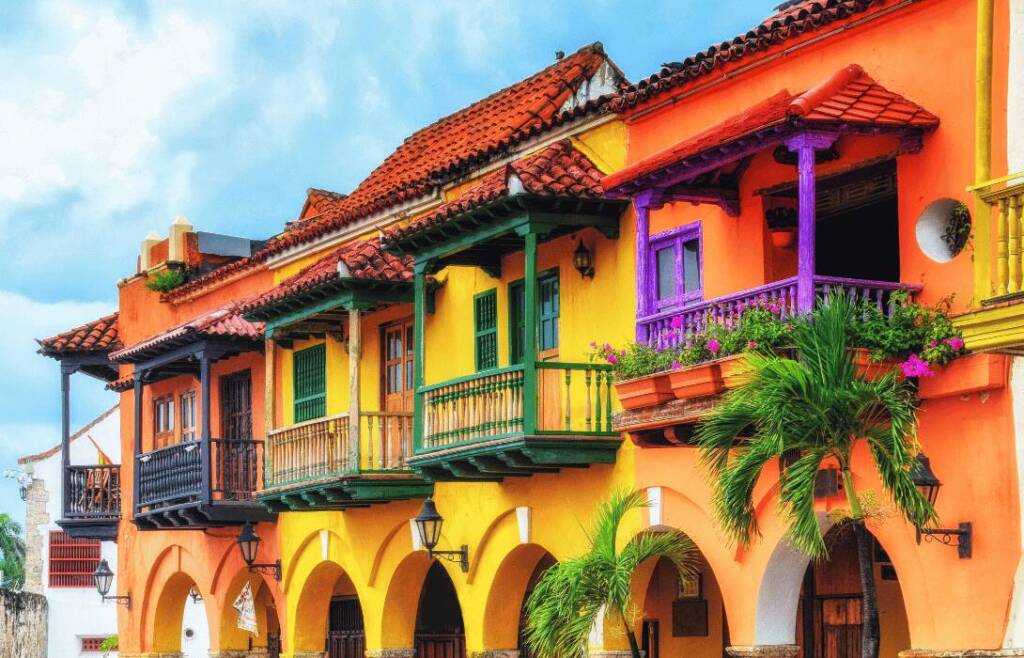
What to consider when traveling to Colombia?
You need to understand the local safety culture. Colombians have a phrase: No Dar Papaya. This means “Don’t give papaya.” It is an essential travel concept. It means do not make yourself an easy target.
Safety tips: Don’t “Give Papaya”
- Avoid showing off: Leave expensive jewelry at home. Do not flash large amounts of cash.
- Guard your devices: Keep your mobile phone tucked away when walking. Only use it when standing still and aware.
- Transport: Do not rely on hailing taxis off the street. Use ride-sharing apps like Uber or trusted phone services.
- Public transit: Public transportation is reliable in major cities. Be extra vigilant on crowded buses and subways. Keep your backpack securely in front of you.
Safe money management
- ATM use: Use ATMs located inside bank lobbies. They offer more security.
- Protect your PIN: Always cover the keypad when entering your PIN.
- Watch for scams: Never accept help from strangers at an ATM. This is a tactic for thieves.
- Credit cards: Using credit cards is convenient in modern establishments. Monitor your bank statements closely after your trip.
These easy steps are key to safe travel in Colombia.

Which is the safest city in Colombia to visit?
Choosing a “safest” city depends on what you seek. Major cities like Cartagena, Medellín, and Bogotá are generally safe. They have high levels of tourism and police stations. Within these cities, certain neighborhoods are best for safe travel.
The safest big city hubs
- Cartagena: The walled city is a UNESCO Site. It is extremely popular and heavily patrolled. Most tourist incidents here are petty theft, like having your mobile phone snatched. Stay within the Old City and Bocagrande areas.
- Medellín: This city has transformed remarkably. Areas like El Poblado and Laureles are very secure. They are favored by digital nomads and travelers. Use the efficient metro system during the day.
- Bogotá: The capital is huge and diverse. La Candelaria and Usaquén offer cultural experiences. Stay aware, especially when using public transportation. Security is concentrated in these busy areas.
The safest small towns
For the lowest crime rates, explore smaller towns.
- Salento: Located in the Coffee Triangle, it is very peaceful. This small town is known for its kind people.
- Villa de Leyva: A beautiful, historic colonial town. Crime is almost unheard of due to its small size.
- Minca: Nestled in the mountains near the Caribbean coast. It offers a tranquil escape for backpackers.
These smaller destinations offer a different, very low-risk type of travel safety. For any unexpected emergency, having travel insurance provides a necessary safety net. It covers you no matter the city’s rating.

Is Mexico or Colombia safer for tourists?
It is difficult to compare these two vibrant countries. Both offer extremely safe experiences for tourists. Yet both also have localized safety challenges.
Colombia vs. Mexico: Key risks
- Colombia: The main risk is petty crime and opportunistic theft. This happens most often in crowded areas of major cities. The danger is usually non-violent resistance to a robbery. Risk of major, organized violence is very low in tourist zones.
- Mexico: Risks vary greatly by state. Some areas face higher issues with organized crime. Tourist zones like resorts are generally safe. Tourists are rarely targeted by this high-level violence.
In both destinations, common sense is your best guide. Stick to popular tourist areas. Avoid isolated roads, especially after dark.
What not to take to Colombia?
You need to pack smart to ensure safe travel. This does not just mean leaving behind clothes. It means avoiding certain items that make you a target.
Things to leave at home
- Expensive jewelry: Leave your flashy watches and necklaces behind. They are magnets for opportunistic thieves in major cities. Keep a low profile to avoid violent crime.
- Too much cash: Carry only what you need for the day. Use credit cards where possible. Relying on a worn wallet helps maintain the No Dar Papaya philosophy.
- Large electronics: Avoid using expensive cameras or large laptops on the street. They draw unwanted attention. Always keep your mobile phone secured and out of sight.
Places and items to avoid
You should also be aware of non-tourist areas. The government advises against travel to certain rural areas. These spots may still be affected by terrorist groups and criminal organizations.
- Border areas: Exercise extreme caution near the Venezuelan border. The norte de santander departments have seen recent escalations. Revolutionary Armed Forces of Colombia (FARC) dissident groups and other armed factions are active here.
- Darién Gap: The area where the pan american highway stops is impassable. It is highly dangerous and should be avoided entirely.
- Illegal drugs: Penalties for possession or use of illegal drugs are extremely severe. Do not risk a long prison sentence.
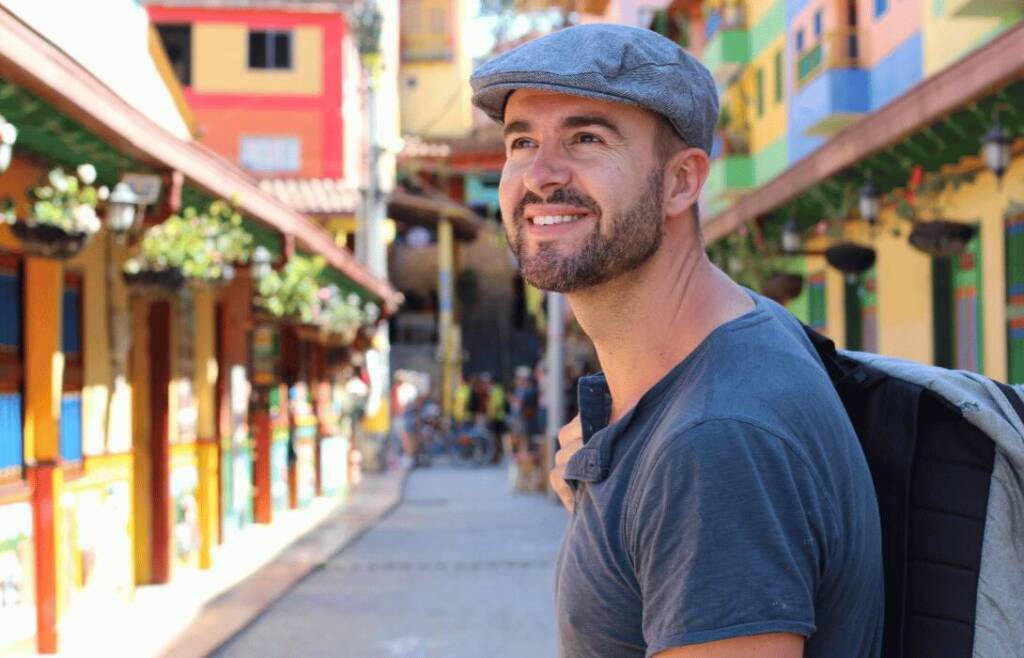
Why is Colombia on the red list?
Colombia is not on a total “red list” today. A “red list” typically means Level 4, or “Do Not Travel.” The country is mostly rated Level 3: “Reconsider Travel.” However, specific parts of Colombia are Level 4.
Understanding the travel advisory
Foreign governments use a four-tier travel advisory system. This system rates the risk to travelers.
- Level 3: Reconsider Travel. This is the general rating for Colombia. It means serious risks exist.
- Level 4: Do Not Travel. This is the “red list” status. Life-threatening risks are present.
Why the High Rating?
The Level 3 rating is due to pervasive issues. These include high rates of violent crime and organized theft. The possibility of civil unrest also raises the warning level.
However, the Level 4 warnings are more severe. They target specific, high-risk rural areas.
- Border threats: Norte de Santander departments near the Venezuelan border are Level 4.
- Terrorist risk: These zones have activity from terrorist groups and criminal organizations. This includes FARC dissidents.
You can still visit Colombia’s major cities safely. But you must avoid the Level 4 zones.
What to avoid eating in Colombia?
Colombian food is delicious and varied. You will find incredible local flavors. However, following basic food safety rules is crucial. This will help you enjoy your trip without stomach issues.
Water and beverages
- Tap water: Do not drink the tap water outside of major cities. In places like Bogotá and Medellín, it is generally safe. In smaller towns or rural areas, stick to bottled water.
- Ice: Be cautious with ice in drinks. This is especially true at small, street-side stalls. The ice may be made from untreated water. Only accept ice at reputable establishments.
- Fresh juices: Fresh juices are a highlight of visit Colombia. Just ensure they are mixed with bottled water or pasteurized milk.
Street food and produce
Street food is tempting and a cultural experience. Just be mindful of a few things for safe travel.
- Uncooked vegetables: Avoid salads or uncooked vegetables at less-established places. They may have been washed with unsafe water. Stick to fruits you can peel, like bananas or mangoes.
- Undercooked meats: Always ensure that meat, chicken, or fish is thoroughly cooked. Food poisoning can derail your travel plans quickly.
- Food safety: Don’t leave food or drinks unattended in public. This is a crucial safety rule. Scopolamine, a powerful sedative, has been used in drinks. This leads to robbery, which is a form of violent crime. Always keep your drink covered and with you.
I understand. I will condense the section Travel Insurance for Colombia to just two paragraphs, ensuring the core messages, required keywords, and specific Heymondo details are naturally integrated.

Travel Insurance for Colombia
You should never embark on a trip without comprehensive travel insurance. When you visit Colombia, you are exposed to risks far greater than simple delays. The highest threat is unexpected medical costs. An accident or serious illness in a foreign country requires immediate, expensive care. Without traveler protection, you would pay for all of this yourself. Heymondo plans offer up to $10,000,000 USD in medical coverage. This ensures that you receive excellent care in any of the major cities or even remote parts of Colombia without financial worry.
With Heymondo, you can travel confidently, knowing you have reliable coverage in unforeseen circumstances. Don’t leave your adventure to chance!
Featured stories


